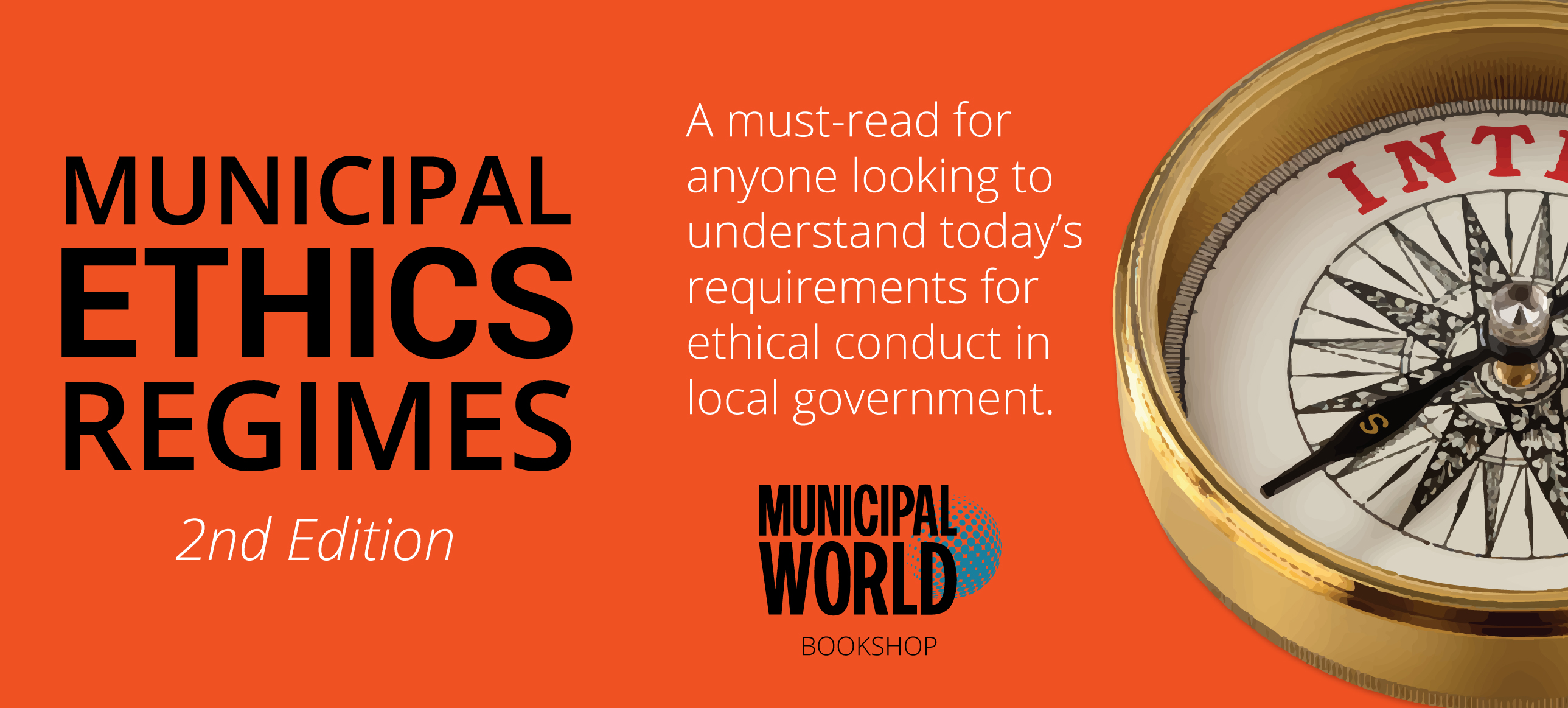Water user fees: building a path to sustainability

When it comes to the economics of municipal water and wastewater – and how we pay for these services – Canadian municipalities have made considerable progress. Increasingly, Canadian towns and cities are relying on user fees to finance their systems, which creates a price signal to help drive conservation and revenue to maintain their infrastructure.
Despite these advances, Canada’s municipal water systems still face significant challenges. The costs of building and maintaining necessary infrastructure are increasing, as many municipalities have ageing infrastructure that will require significant investments in the coming decades. At the same time, population growth, urbanization, and low water levels during summer months pose risks to the sustainability of water supplies. And, the waste and chemicals that go down our drains can further degrade these natural ecosystems.
Roadmap to water system sustainability
A report by Canada’s Ecofiscal Commission explains how user fees can address these interconnected challenges, highlighting 10 best practices that provide a roadmap for how municipalities can fully finance their infrastructure, induce more conservation, and improve the quality of their water.
1. Install water meters for residential, commercial users
Water meters have proven benefits. Metering allows water utilities to measure water demand over time and across different users, thus allowing utilities to charge water users based on the amount they consume. Water meters also help with identifying leaks, improving efficiency, and long-term planning.
2. Estimate private, social costs with a lifecycle approach
Understanding the different costs associated with water services is fundamental to environmental and financial sustainability. This requires water utilities to develop comprehensive asset-management plans. At a minimum, these plans should consider the private costs borne by the water utility, such as operating and maintenance costs, and existing and future capital costs. When possible, they should also consider broader social costs, such as the cost of protecting natural assets.
3. Estimate existing, future revenues from all sources
Asset management is only one-half of developing a full-cost-recovery strategy. The other half is determining existing and likely future revenues. This requires looking at all sources of revenue, including user fees, development fees, fire protection charges, property taxes, and government grants.
4. Identify funding gap, develop full-cost-recovery strategy
With an asset-management plan in place, and a comprehensive understanding of current and forecasted revenues, municipalities can estimate their funding gap. Municipalities that recover most costs with user fees are likely to have smaller gaps. By contrast, the gap will be larger in communities with infrastructure investment backlogs or where future costs are expected to increase dramatically.
5. Rely on user fees to help close the funding gap
Of all the different financing instruments, user fees are the most flexible and practical revenue tool available to municipalities. User fees can recover the full spectrum of private and social costs. If well designed, they provide a clear pricing signal and encourage water conservation. User fees also provide a stable and reliable source of revenues, allowing municipalities to plan for the long term.
6. Use a multi-rate structure to achieve multiple objectives
A multi-part user fee is the best way to achieve full-cost recovery, while encouraging water conservation. The fixed portion allows utilities to recoup some fixed costs and provides stable and predictable revenues. The volumetric portion can recover variable costs and maintain a price signal to drive conservation.
7. Tailor rates to the local context
Designing user fees to reflect the local context helps ensure that they are cost-effective, environmentally sustainable, and equitable. For example, municipalities can tailor rates according to the costs of supplying different types of users (e.g., based on water demand, location, or infrastructure requirements).
8. Integrate relief for low-income water users
Municipalities can take different approaches to ensure that water remains affordable. For example, they can provide low-income households with financial assistance with their water bills, or they can include a basic allotment of water within their fixed rate.
9. Make adjustments over time in a predictable, transparent way
User fees should be adjusted over time as conditions change. The right rate structure today may not be appropriate in the future. Events such as larger-than-forecasted reductions in water demand or an economic downturn necessitate re-evaluating and calibrating water fees to changing contexts.
10. Complement user fees with other tools
User fees should be the main revenue tool for improving the financial and environmental sustainability of municipal water systems. Other tools, however, can be valuable complements to user fees. Complementary policies may be particularly important for small municipalities, as they face constraints that larger municipalities do not.
Moving toward Sustainable Municipal Water Systems
While the challenges ahead are complex, the quality of the water we drink and the health of our nation’s watersheds depend on the resilience of our water and wastewater systems. Simply put, municipal water systems are too important to take for granted. Paying the full cost for these services – guided by these 10 best practices – will help ensure that Canadians continue to benefit from clean and accessible water for generations to come. MW
✯ Municipal World Insider and Executive Members: You might also be interested in the full version of this article or in the article: An economic take on managing solid waste. Note that you can now access the complete collection of past articles (and more) from your membership dashboard.
Christopher Ragan is an Economist and Director of McGill University’s Max Bell School of Public Policy. He is also Chair of the Ecofiscal Commission.
Michael Harcourt is a former Premier of British Columbia, former Mayor of Vancouver, and an Advisory Board Member of Canada’s Ecofiscal Commission.
Related resource materials:



